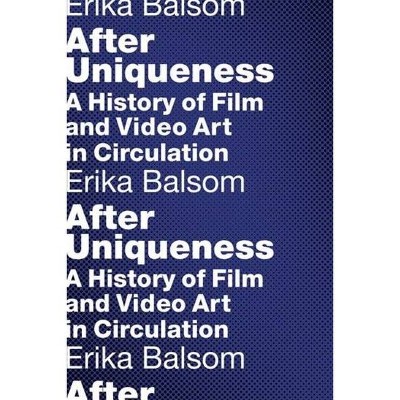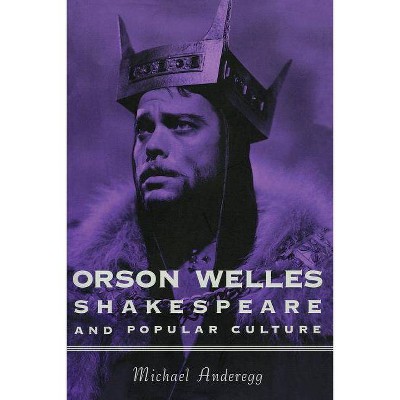After Uniqueness - (Film and Culture) by Erika Balsom (Paperback)

Similar Products
Products of same category from the store
AllProduct info
<p/><br></br><p><b> About the Book </b></p></br></br>A historical-conceptual perspective on the concept of "the political"<p/><br></br><p><b> Book Synopsis </b></p></br></br><p>Images have never been as freely circulated as they are today. They have also never been so tightly controlled. As with the birth of photography, digital reproduction has created new possibilities for the duplication and consumption of images, offering greater dissemination and access. But digital reproduction has also stoked new anxieties concerning authenticity and ownership. From this contemporary vantage point, <em>After Uniqueness</em> traces the ambivalence of reproducibility through the intersecting histories of experimental cinema and the moving image in art, examining how artists, filmmakers, and theorists have found in the copy a utopian promise or a dangerous inauthenticity--or both at once.</p> <p>From the sale of film in limited editions on the art market to the downloading of bootlegs, from the singularity of live cinema to video art broadcast on television, Erika Balsom investigates how the reproducibility of the moving image has been embraced, rejected, and negotiated by major figures including Stan Brakhage, Leo Castelli, and Gregory Markopoulos. Through a comparative analysis of selected distribution models and key case studies, she demonstrates how the question of image circulation is central to the history of film and video art. <em>After Uniqueness</em> shows that distribution channels are more than neutral pathways; they determine how we encounter, interpret, and write the history of the moving image as an art form.</p><p/><br></br><p><b> Review Quotes </b></p></br></br><br>Balsom is at the forefront of a generation of scholars who focus on the history of film's relationship to the other arts--an enterprise that she terms, in the spirit of André Bazin, 'Where Is Cinema?' Her new volume is a timely addition that addresses the ubiquity of screens in contemporary art and examines, with her signature precision, the inner workings of the networks through which cinema now circulates. Indispensable reading!--Bruce Jenkins, School of the Art Institute of Chicago<br><br>If moving images are now consumed on more platforms than ever, what networks do they traverse to reach their audiences? What factors intervene to enable or restrict these passages? In <i>After Uniqueness</i>, Erika Balsom explores strategies that have changed our conceptual framework of how circulation functions today--what we mean by 'copy, ' 'reproduction, ' 'authenticity, ' and 'authorship.' To explore this is to understand what moving images represent in our current world. An original, elegant, and impressively researched work.--Francesco Casetti, Yale University<br><br>Once only mechanically reproducible, all kinds of moving image art are now digitally copied and disseminated in innumerable apparatuses that were unimaginable forty years ago. Ranging in its references from eighteenth-century printmaking to UbuWeb, Balsom's brilliant and beautifully written book is a tour de force of scholarship and critical analysis that investigates the new forms of liberation and of control that ubiquitous copying offers. Its spirited intellection is exhilarating.--David James, University of Southern California<br><p/><br></br><p><b> About the Author </b></p></br></br>Erika Balsom is senior lecturer in film studies and liberal arts at King's College London. She is the author of <i>Exhibiting Cinema in Contemporary Art</i> (2013) and the coeditor of <i>Documentary Across Disciplines</i> (2016).
Price History
Price Archive shows prices from various stores, lets you see history and find the cheapest. There is no actual sale on the website. For all support, inquiry and suggestion messagescommunication@pricearchive.us




















